Mexico is the next country in our trip around the World in 50 experiments. Mexico is located in North America and shares a border with the United States. It's the 14th largest country in the World. Mexico is very hot, with deserts in the north, mountains and canyons in the centre and rainforests in the south.
Mexico is a fascinating country with a long and varied history. It's full of incredible animals and has many interesting geological features.
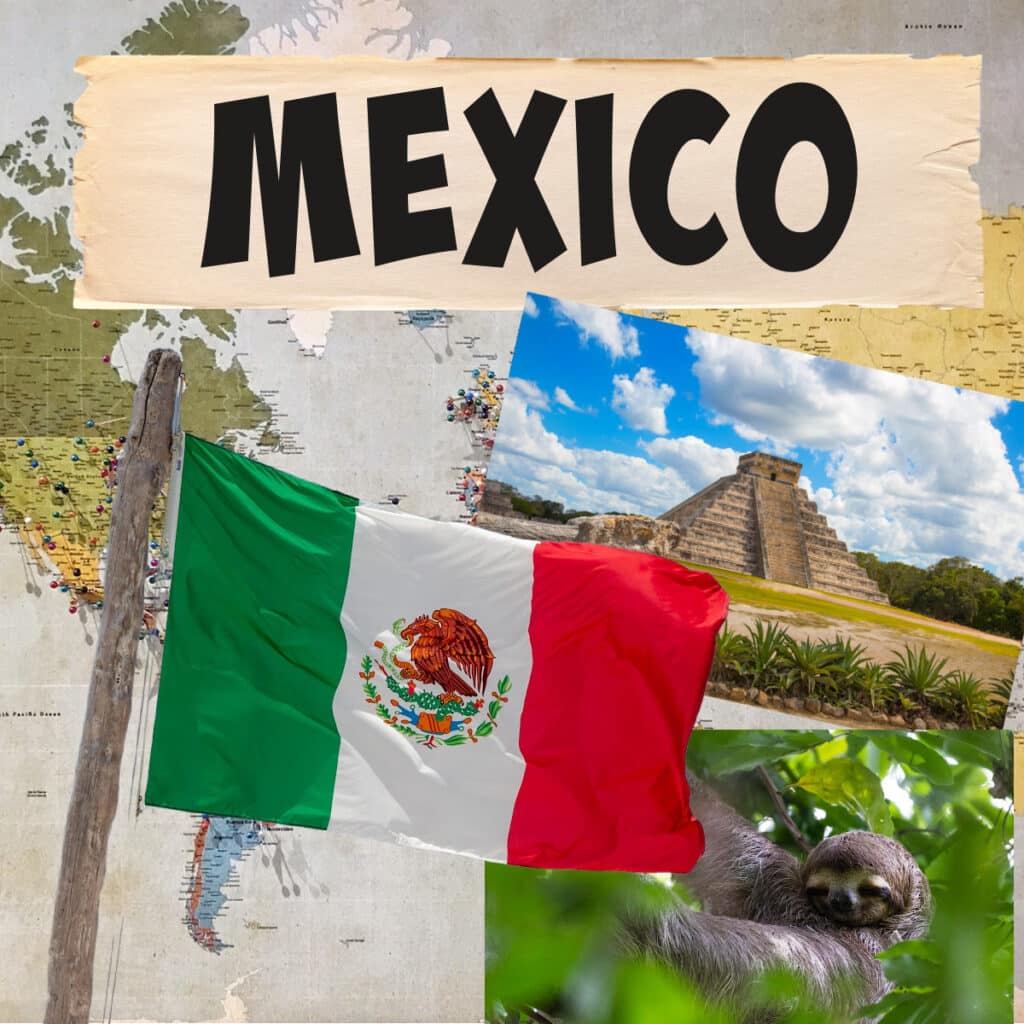
Mexico Facts
- Capital city - Mexico City
- Mexico has 31 states and Mexico City which is not part of a state.

- Main language - Spanish
- The national symbol of Mexico is the golden eagle.
- Mexico has over 700 species of reptiles!
- The longest river in Mexico is the Rio Grande which starts in Colorado.
Volcanoes and Earthquakes
Mexico is part of the Ring of Fire, a stretch of around 40,000km along tectonic plate boundaries in the Pacific Ocean. The Ring of Fire is home to over 450 volcanoes and unsurprisingly most of the Earth's Earthquakes occur on its path. Just off the west coast of Mexico is a subduction zone where the Cocos oceanic plate slides under the North American continental plate. This makes Mexico prone to earthquakes. Mexico city suffered an earthquake in 1985 that was particularly devasting for the country.
A baking soda and vinegar volcano is a great way to learn about volcanoes and I also have some ideas for learning about earthquakes including making a seismometer!
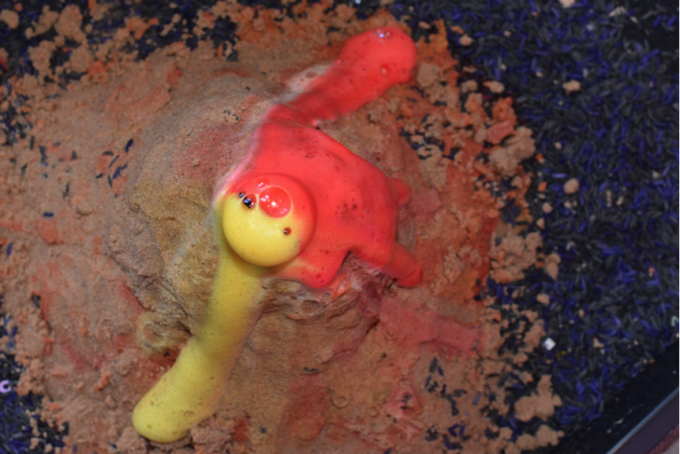
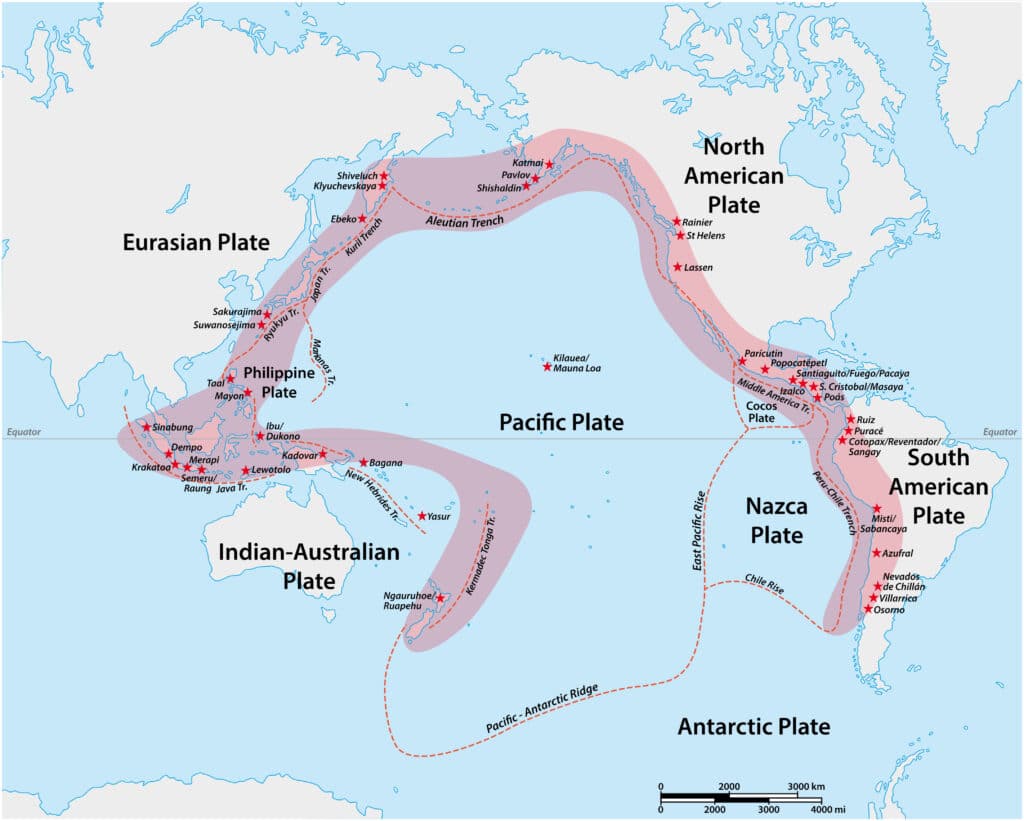
One simple way to learn about tectonic plates is with an orange! You can carefully unpeel it and break up the peel to represent tectonic plate boundaries. The orange peel moving over the jam shows how tectonic plates can push against each other.
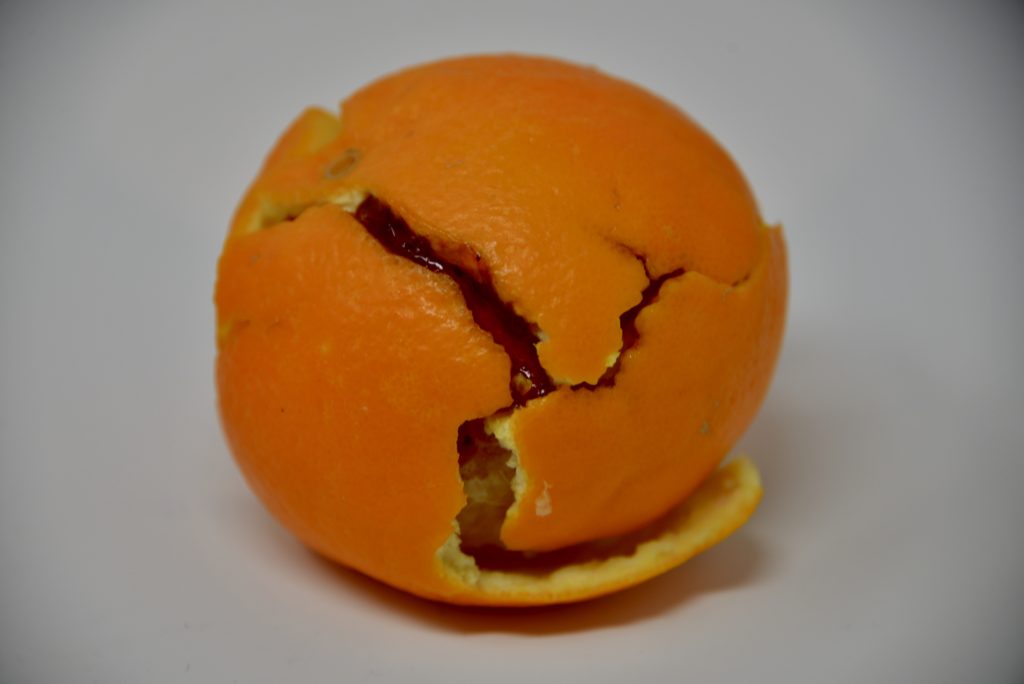
Chichen Itza
Mexico is home to Chichen Itza, one of the new 7 wonders of the World.
Chichen Itza is an ancient Mayan city founded around the 5th or 6th century AD. At its peak, it was home to over 30,000 people with pyramids, temples and roads. In the centre of Chichen Itza is a temple called Kukulkan. The template was dedicated to the serpent god Kukulkan and was where the priests of the time communicated with Gods and performed ceremonies.
The Temple of Kukulkan ( also known as El Castillo ) has 91 steps on each side and one step at the top giving a total of 365, one for each day of the year.
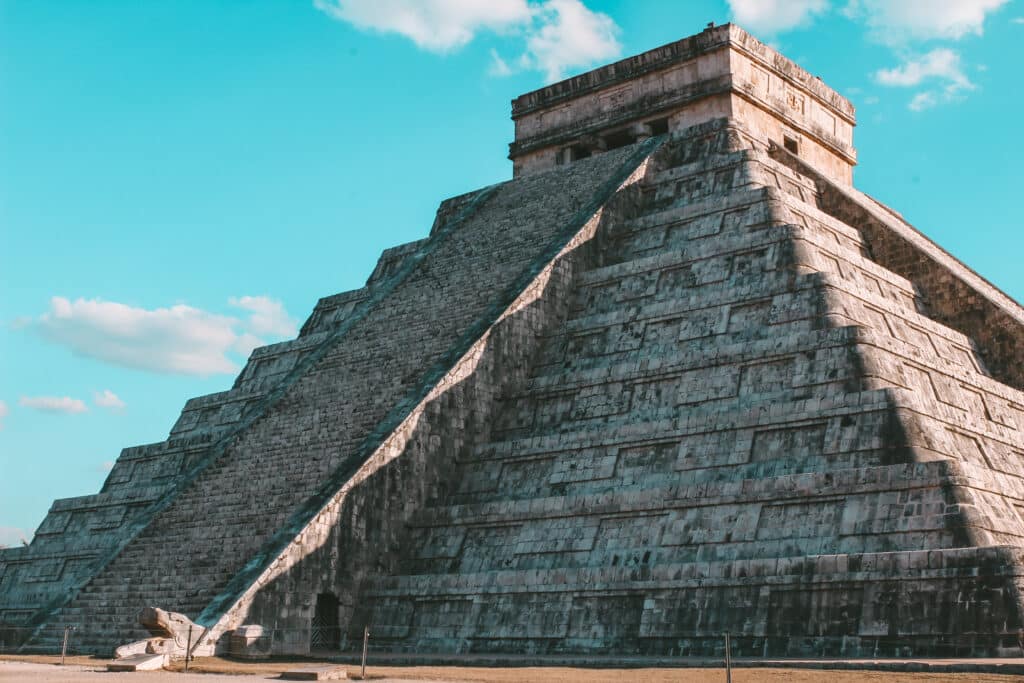
The temple is incredible even by today's standards but if you consider how long ago it was built it's even more impressive!
During the spring and summer equinoxes, the shadow from the sun makes it look like the snake is sliding down the steps.
We created our own Temple of Kukulkan with Lego and used a torch to recreate the serpent shadow. It's still a work in progress, but you get the idea.

Nature
Mexico is handily located between the equator and the Arctic circle making it the perfect place for animals escaping from extreme temperatures. The gray whale is one example of a migratory animal. Gray whales make a long journey from the cold Alaskan waters to the much warmer Baja California Sur to breed.
Mexico's varied climate makes it home to a diverse range of animals. Axolotls are found in rivers and lakes in Central Mexico. These strange creatures are fascinating to scientists because they can regrow body parts including their limbs, spinal cord and heart! Sadly axolotls are almost extinct in the wild.
Red Ted Art has some beautiful axolotl colouring pages and crafts if you want to learn more about this fascinating animal.
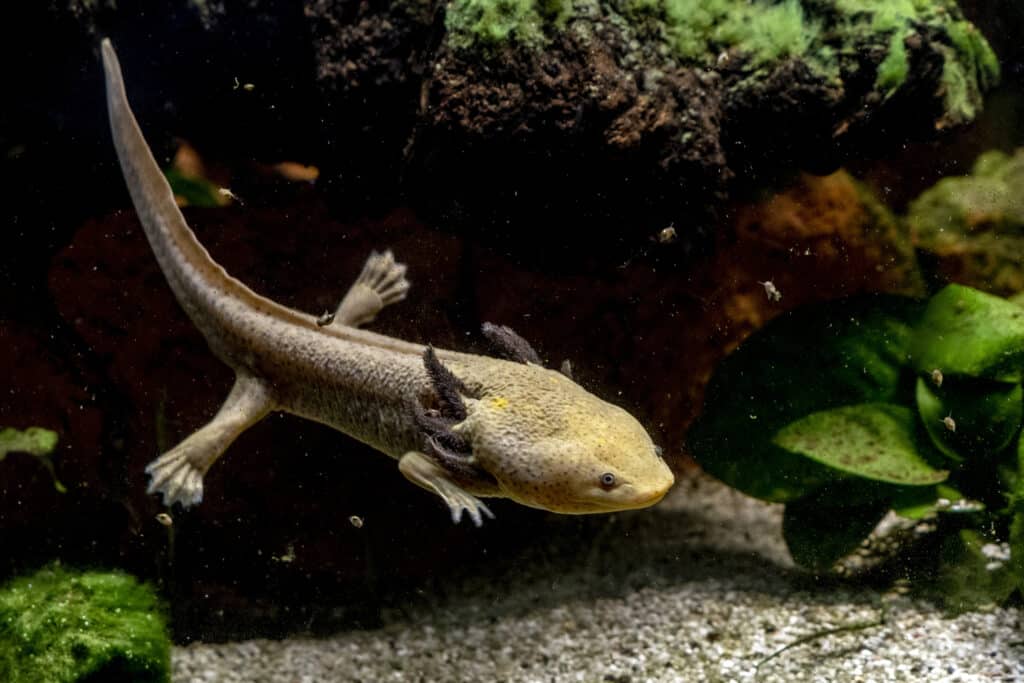
Mexico is also home to one of the largest rattlesnakes in the World. The Mexican rattlesnake can be up to 5 feet long!
You'll also find sea turtles, anteaters, ocelots, monkeys, lemurs, parrots, sloths, armadillos and even donkeys in Mexico!
Sloths are particularly fascinating. Their fur is home to lots of different organisms including insects, algae and other microbes. Sloths have a symbiotic relationship with green algae. The sloth provides a home for the algae and the algae help camouflage the sloth, so predators find them harder to spot!
That's the end of our whirlwind trip around Mexico.
Where will you go next in our trip around the World?
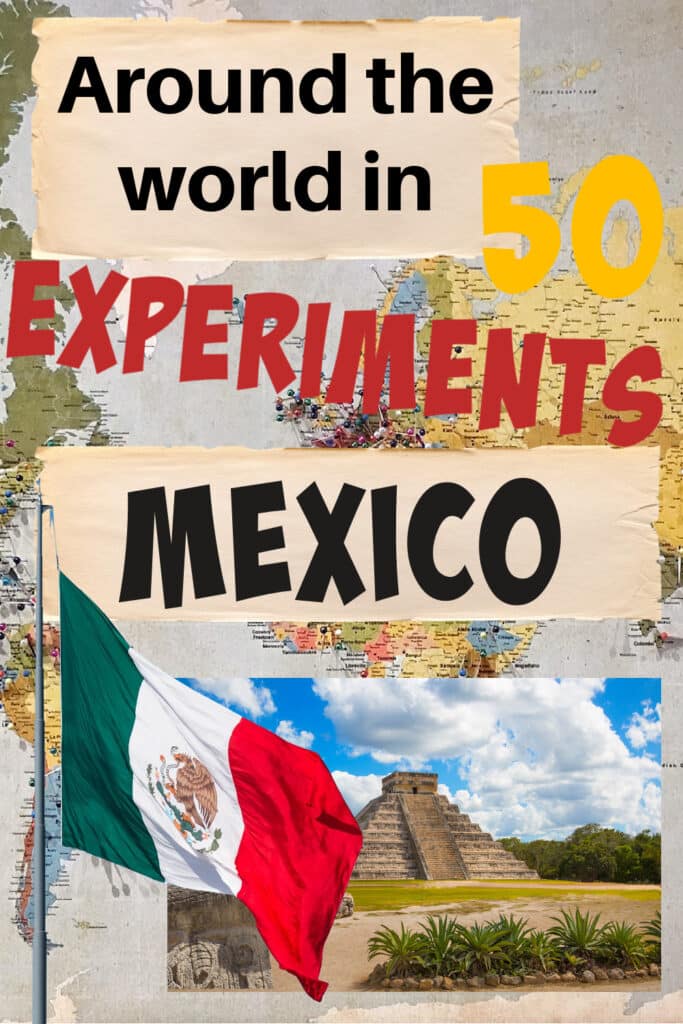
Last Updated on February 2, 2023 by Emma Vanstone
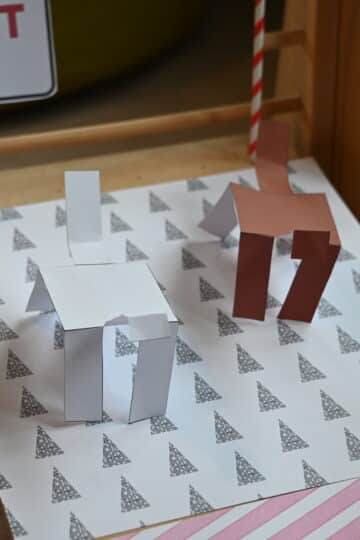
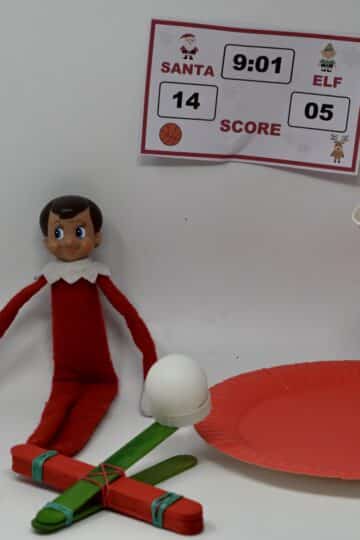
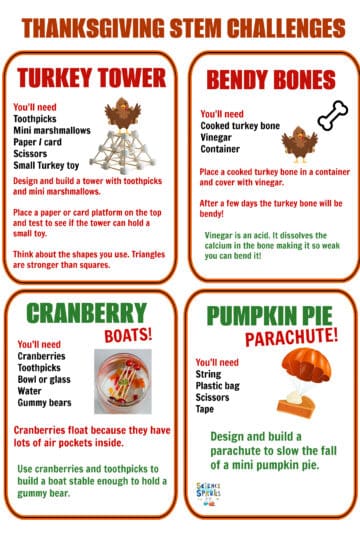

Leave a Reply